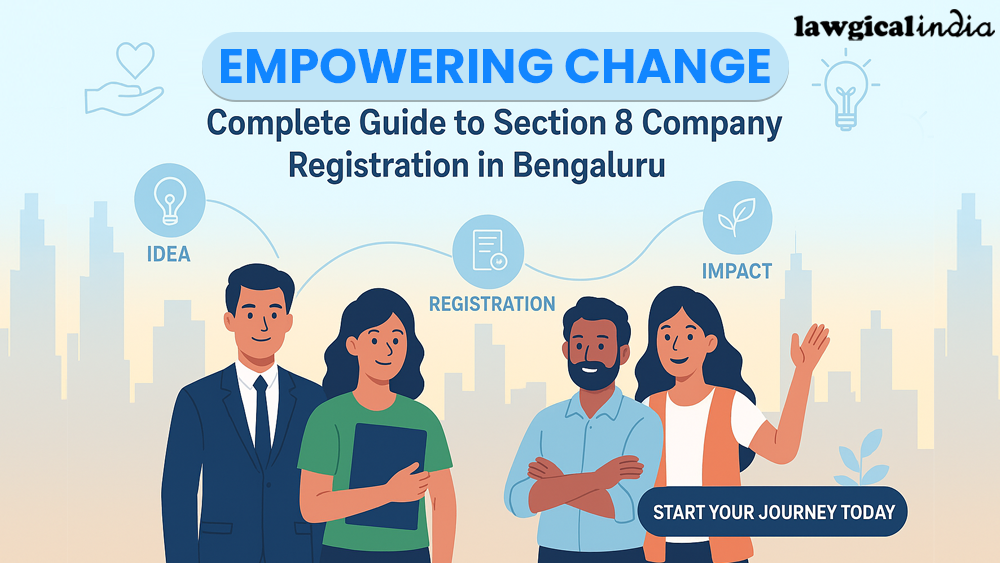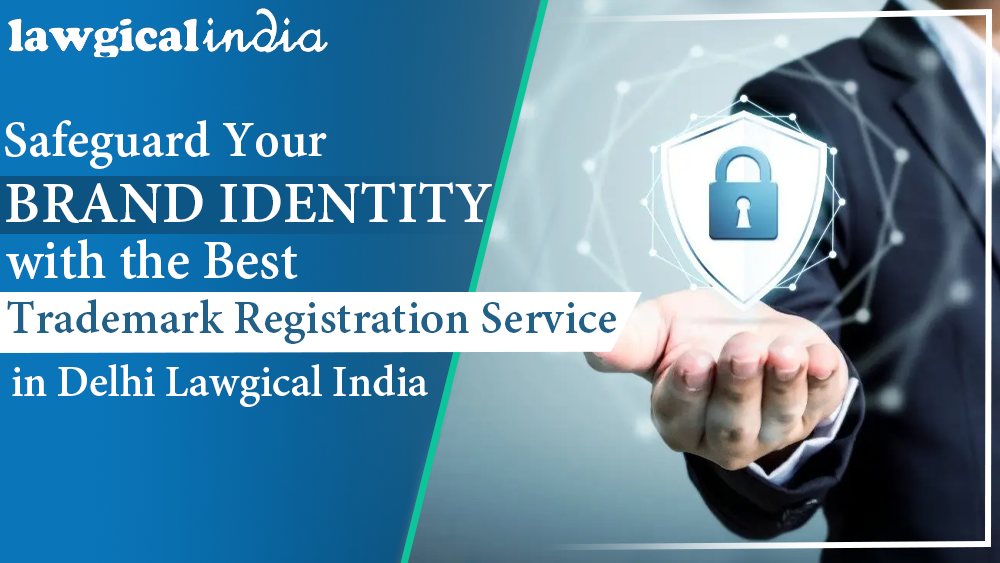Introduced in 2027, the Goods and Service Tax (GST) lays down specific rules and regulations for firms operating in India. GST is one of the country's most critical tax reforms ever introduced. GST has created a unified tax structure, combining taxes like VAT, excise duty, and service tax nationwide. Moreover, it has simplified the taxation process, especially for businesses in India.
In 2025, the GST registration process will become more streamlined, with enhanced digital infrastructure and simplified compliance procedures, which is especially beneficial for new businesses. This blog outlines the step-by-step GST registration process for new companies in 2025, eligibility, required documents, and key post-registration compliances.
Understanding the Need for GST Registration
GST registration is mandatory for businesses that meet any of the following criteria:
· Annual turnover exceeds ₹40 lakh.
· Businesses involved in inter-state supply of goods or services.
· E-commerce operators and aggregators.
· Casual taxable persons and non-resident taxable persons.
· Enterprises dealing with exempt or nil-rated goods but crossing the turnover threshold.
Voluntary registration is also permitted and can benefit small businesses by allowing them to avail of input tax credits and operate transparently.
Step-by-Step GST Registration Process
Step 1: Visit the GST Portal
· Click on “Services” > “Registration” > “New Registration”
Step 2: Fill in Part A of the GST REG-01 Form
You’ll be asked to provide:
· Legal name of the business
· PAN of the business
· Email ID and mobile number
· State and district of operation
An OTP will be sent to the registered mobile and email for verification.
Step 3: TRN Generation
· Once the OTP is verified, you will receive a TRN.
· Use the TRN to proceed with Part B of the registration.
Step 4: Fill in Part B of the GST REG-01 Form
This form requires detailed information such as:
· Business types such as proprietorship, partnership, LLP, company, etc.
· Business address and additional places of business
· Bank account details
· Details of goods and services provided
· Details of promoters or partners
· Upload required documents
Step 5: Upload Documents
You’ll need to upload the following documents:
a. Business Proof:
· Partnership deed
· Incorporation certificate
· Board Resolution
b. Identity & Address Proof of Promoters/Partners:
· PAN card
· Aadhaar card
· Passport-size photograph
c. Business Address Proof:
· Property tax receipt, utility bill, rent agreement, or ownership document
d. Bank Details:
· Cancelled cheque
· Bank statement or passbook front page
Step 6: Verification via Digital Signature or EVC
· Companies must sign the application using a Digital Signature Certificate (DSC).
· Proprietorships and partnerships can use an Electronic Verification Code (EVC).
Step 7: ARN Generation
· After submission, an Application Reference Number (ARN) is generated.
· You can use this to track your application status on the GST portal.
Step 8: GST Officer Verification
· A GST officer may verify the documents or conduct a site inspection.
· Your application will be approved within 3-7 working days if everything is in order.
Step 9: Issuance of GSTIN and GST Certificate
Once approved, you will receive:
· GSTIN – a 15-digit unique ID.
· GST Registration Certificate – downloadable from the portal under “Services > User Services > View/Download Certificate”.
Post-Registration Compliances
After registration, the business must comply with the following:
1. Display the GSTIN at your place of business and on invoices.
2. Depending on your business type and turnover, you’ll need to file:
· GSTR-1
· GSTR-3B
· GSTR-9
3. Maintain detailed records of sales, purchases, stock, and tax paid for at least six years.
4. Properly claim and reconcile ITC based on invoices and vendor compliance.
5. In case of any change, file an amendment application through the portal.

Common Challenges
· Aadhaar Authentication: As of 2025, Aadhaar authentication is mandatory for faster processing. Failure may lead to site inspections or delays.
· Document Mismatch: Ensure documents match the PAN and business address precisely.
· Avoid Fake Registrations: Regular KYC checks are conducted; always provide genuine details.
· Professional Help: While the process is online, seeking help from a CA or GST practitioner can prevent errors and expedite approval.
Registering for GST in 2025 is an essential and increasingly efficient step for new businesses in India. The system aims to enhance tax compliance and business credibility with a streamlined portal, precise documentation requirements, and improved digital processes. Whether you're a startup, freelancer, or small trader, timely GST registration sets the foundation for smoother operations, legal credibility, and long-term growth in a tax-compliant ecosystem.
Rely on Lawgical India Business Developers Pvt. Ltd. to apply for GST Registration online. Our team of 80+ professionals will assist you in the registration process thoroughly. We will help you figure out the key legal requirements and fulfil them on your behalf.
Moreover, we excel in other fields, such as GST registration and FSSAI licensing, Apeda Registration, MSME Registration, PAN Registration in India and other services. Our experts are well aware of the intricacies of legal processes and have ample experience in this field. You can chill while we do all the computation and legal work, ensuring you face no difficulties.
FAQs
1. What are the services offered by Lawgical India?
Lawgical India specializes in Company registration, obtaining FSSAI license, Apeda Registration, GST Registration, MSME Registration, Pan Registration in India.
GST Registration Process for New Businesses in 2025
1. Register online via the official website.
2. Fill out GST REG-01 with business, promoter, and bank details.
3. Upload the required documents.
4. Authenticate via DSC or OTP; receive ARN to track status.
5. GSTIN and certificates are issued within 3–7 days post-verification.
File returns, display GSTIN, maintain records, and claim the input tax credit for compliance










